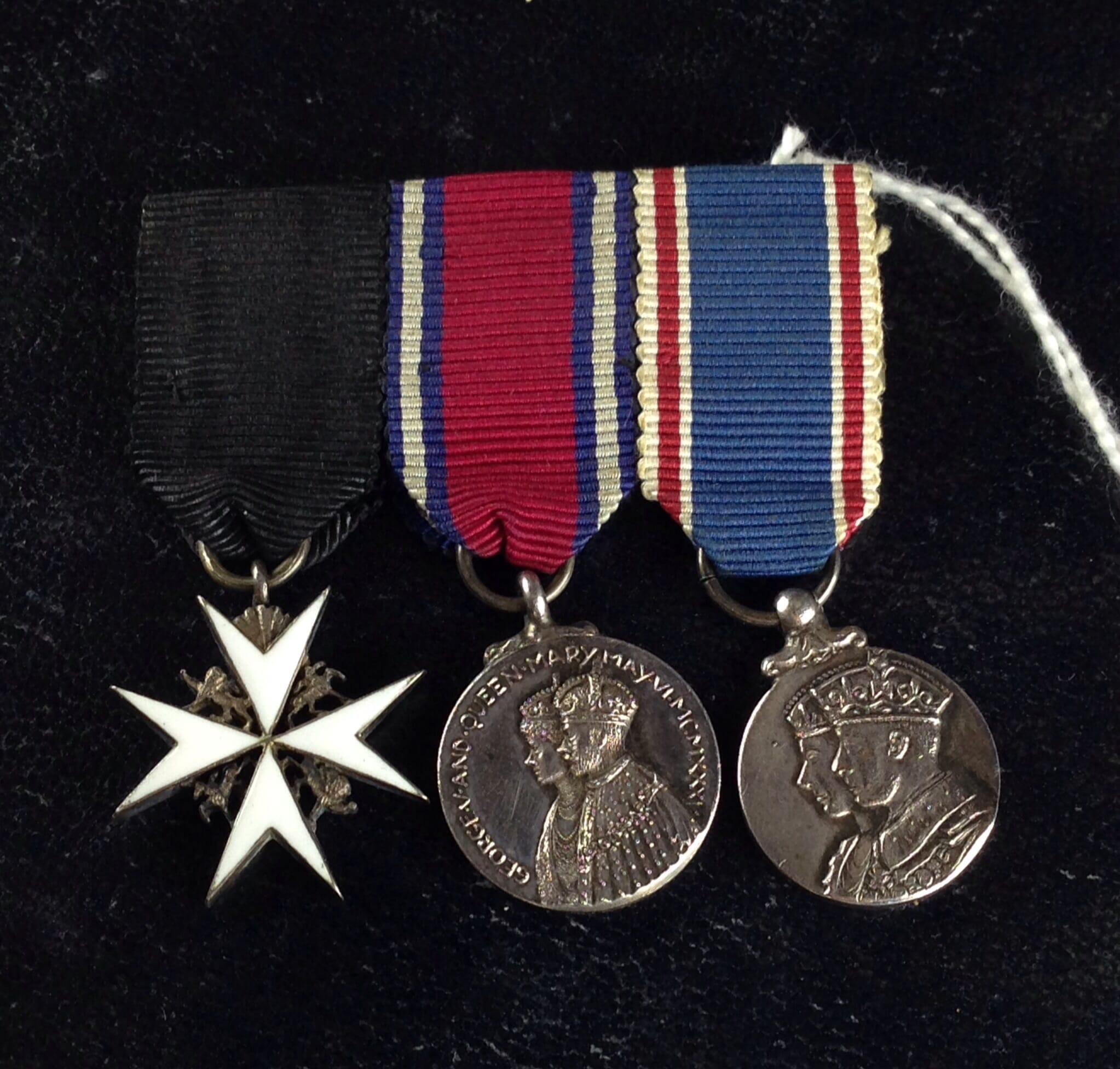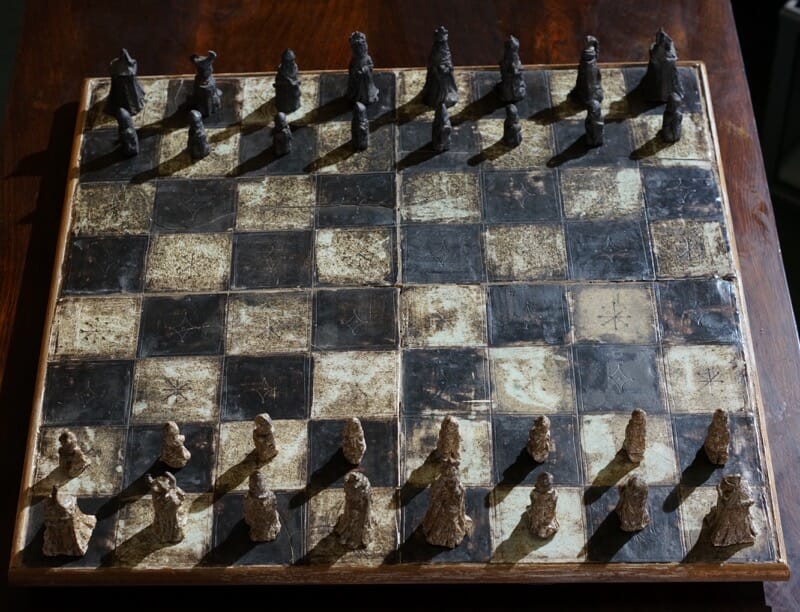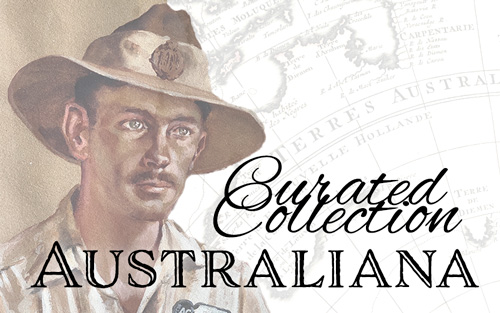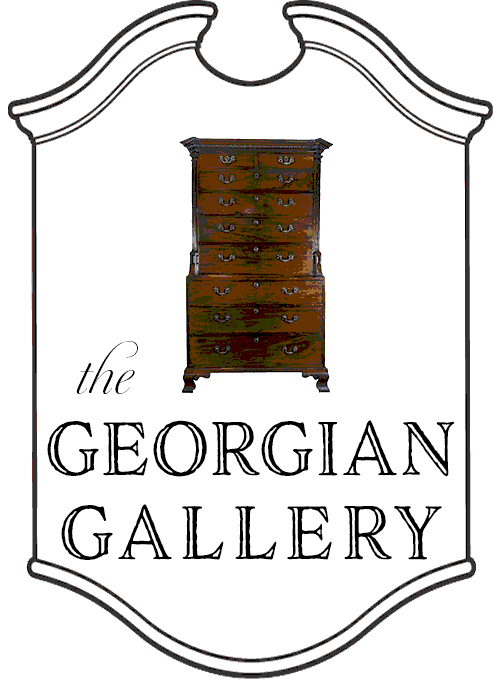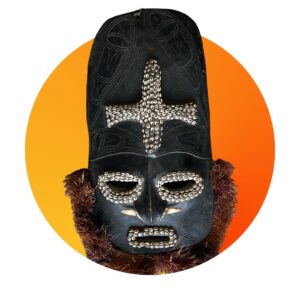Australian presentation trowel, Camberwell Baptist Church 1903, Robertson Silver mounts
$1,450.00 AUD
Presentation trowel, made for the laying of the foundation stone of the Camberwell Baptist Church in 1903, engraved silver-plate blade with Robert Robertson engraved Sterling Silver mounts, mounted with a finely turned fiddleback blackwood handle.
Engraved with the inscription:
“CAMBERWELL BAPTIST CHURCH / Mrs Westmore G Stephens / ON LAYING / THE MEMORIAL STONE / 12.9.1903. / J.F. Gibbins Archt. / Fraser & Currie Contrs.”
Silver hallmarked ‘R& ROBERTSON’,
Dated 1903
32.5cm
Camberwell Baptist Church – while this trowel commemorates the laying of a foundation stone for a building in 1903, it is not obvious which building; the present church on the site dates to 1940, but interior shots suggest it incorporates an earlier, traditional building. Does the stone still exist? More research needed – email us if you have any info!
Westmore G Stephens was very active in Baptist affairs, being the secretary to the Foreign Mission. It was his wife, Mrs Westmore G. Stephens, who is recorded as having the privilege of using this trowel to ‘lay’ the foundation stone.
Robert Robertson (1846-1929) is a neglected Melbourne Colonial Silversmith, not well documented in the literature; this hallmarked piece is rare. He was born in Cupar, Fife and migrated to Australia in 1852, starting a jewellery business in Collins Street in 1854, and later moving to 379 Little Collins Street. His early pieces are marked ‘RR’. He is actually better documented for his role in Melbourne’s early sporting history: he was a football player in the first years of Victoria’s distinct invention, ‘Australia Rules Football’. He twice captained the team in 1871, was the Carlton Vice President 1871-73, and then from 1874-84 was the Carlton Football Club President.
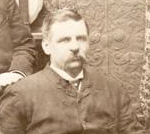
He died in 1929.
He was predominantly a ‘manufacturing jeweller’, meaning he was supplying various retail jewellers with his products. (One newspaper account describes his employee being duped out of a package he was delivering to Ballarat via the train, with £1,000 of jewellery in it!) This helps explain the lack of marked pieces.
John Frederick Gibbins is the architect of the Church, according to the inscription. He was Geelong born, Melbourne based, and responsible for a large number of residential & commercial buildings, 1880’s – early 20th century. He is mentioned amongst the ‘notables’ in ‘Victoria and its Metropolis’ by Alexander Sutherland, 1902: (p518) –
“Gibbins, John Frederick, Melbourne, was born in 1857 at Geelong where he was also educated. In 1873 he was selected out of 1400 students to serve his articles with Messrs. Reed and Barnes, that firm having decided to forego their usual premium, and to admit an apprentice from the various schools of design in the colony. After a service of ten years with the firm, he received a first-class certificate from them on leaving to establish himself on his own account. Among the buildings he has erected are the Baptist Church, Williamstown: the Tabernacle, Richmond: the Collingwood Dispensary; Mr. James Young’s warchouses, Flinders-street: the Rising Sun Hotel, Richmond; the Balaclava Hotel, East St. Kilda: Mercantile Permanent Building Society’s premises, Elizabeth street; and numerous private residences in various places. His present place of business is 8 Collins-street east.”
| Condition | |
|---|---|
| Size | |
| References |
In stock


